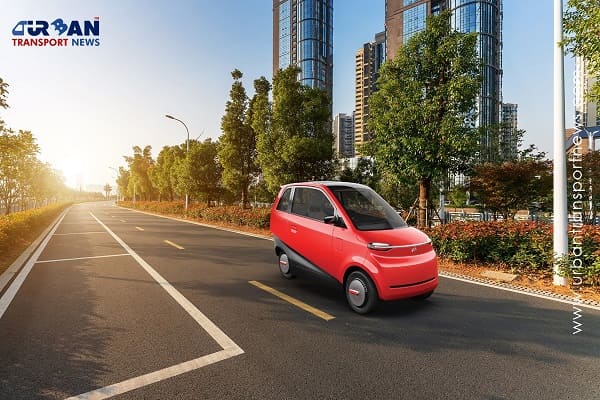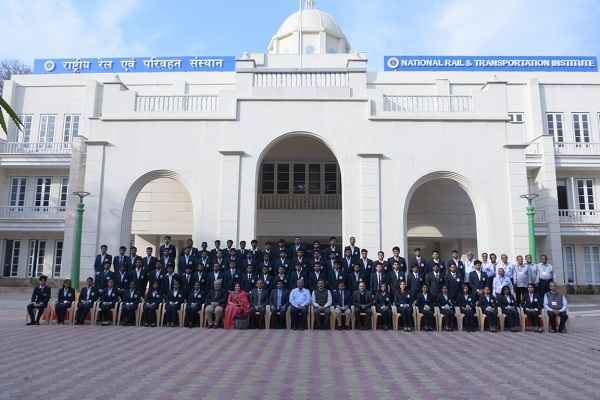 California commences construction on $12bn Los Angeles - Vegas High Speed Rail Project
California commences construction on $12bn Los Angeles - Vegas High Speed Rail Project Kochi Water Metro floats tender to procure 15 more electric-hybrid ferries
Kochi Water Metro floats tender to procure 15 more electric-hybrid ferries Siemens Mobility-Hassan Allam Construction JV Sign Contract for UAE – Oman Railway Link
Siemens Mobility-Hassan Allam Construction JV Sign Contract for UAE – Oman Railway Link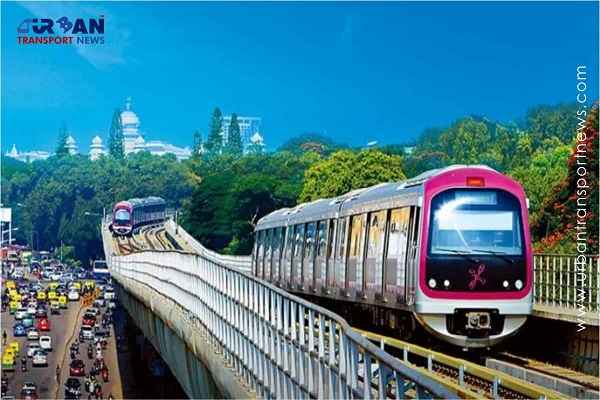 What is better public transport option for Bengaluru - RRTS or Metro Expansion?
What is better public transport option for Bengaluru - RRTS or Metro Expansion?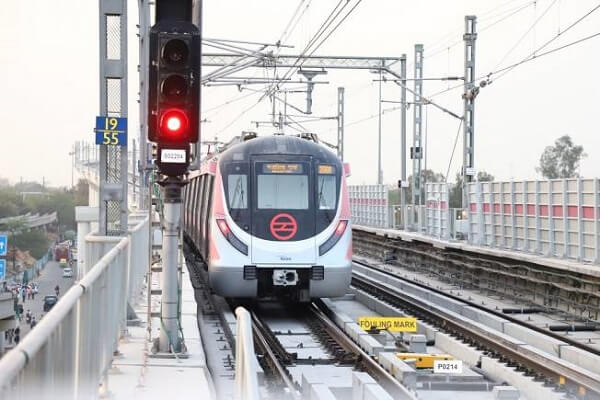 Behind Closed Doors: Corruption Uncovered in Delhi Metro's Top Management
Behind Closed Doors: Corruption Uncovered in Delhi Metro's Top Management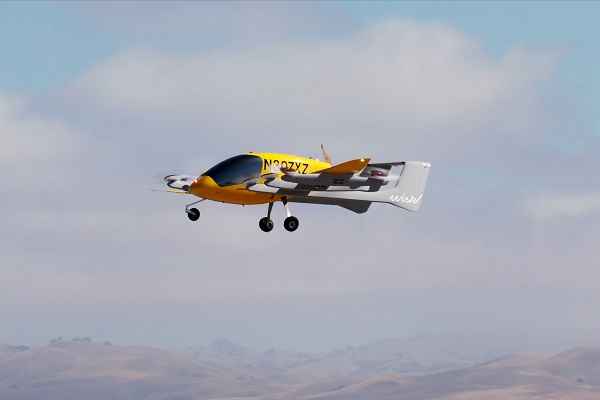 IndiGo to launch Urban Electric Air Taxis between Delhi to Gurugram
IndiGo to launch Urban Electric Air Taxis between Delhi to Gurugram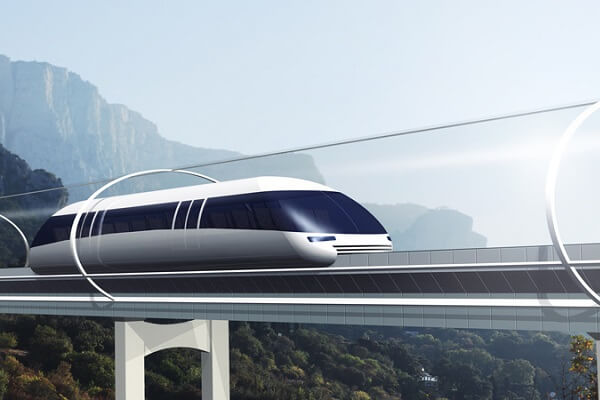 Swisspod secures Strategic Investment to advance the Hyperloop Transportation
Swisspod secures Strategic Investment to advance the Hyperloop Transportation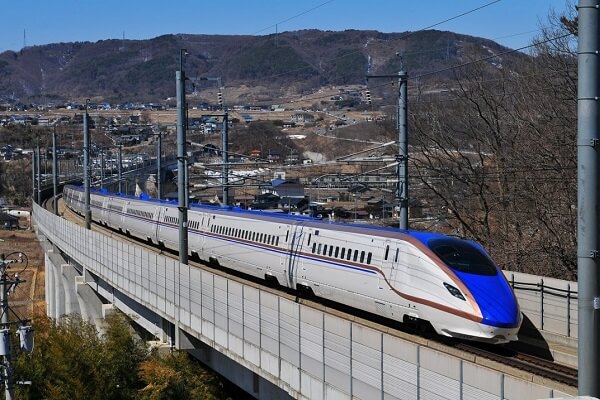 Siemens Mobility revolutionizes Copenhagen's S-bane Network with Driverless Technology
Siemens Mobility revolutionizes Copenhagen's S-bane Network with Driverless Technology Unlocking prosperity between India and Myanmar: The Kaladan Multi-Modal Transit Project
Unlocking prosperity between India and Myanmar: The Kaladan Multi-Modal Transit Project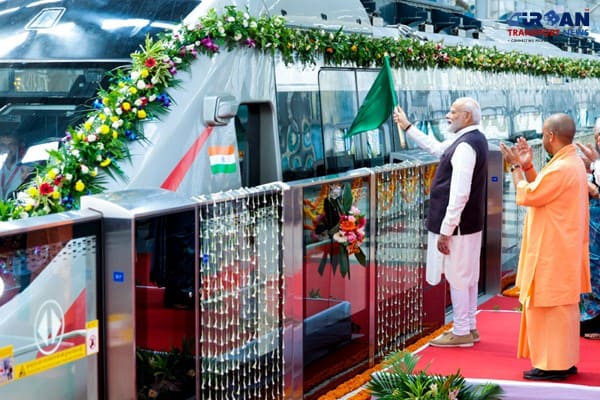 Is the RRTS Truly Accessible to the Common Man or Only the Privileged?
Is the RRTS Truly Accessible to the Common Man or Only the Privileged?
Current trends that will shape the future of Transport and Mobility in India
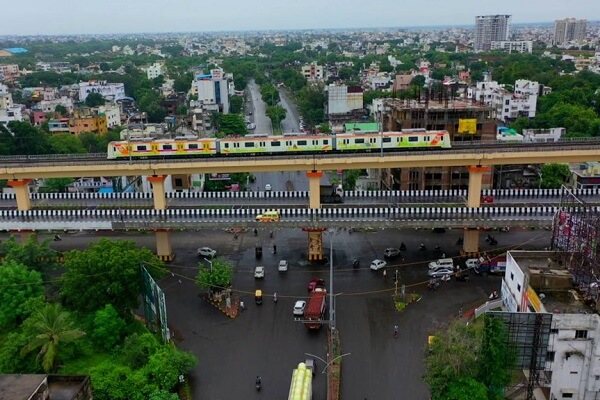
Several significant patterns have emerged over the last two years. These trends reveal a great deal about how the world will react in the face of anticipated or unforeseen uncertainty. Most importantly, it highlights the shortcomings of existing systems and what must be done to make them more agile and resilient.
One of the biggest challenges is the shock to transport and mobility as, managing the movement of large groups of people or volumes of goods will be extremely difficult under current systems.
Key Trends Impacting Transport & Mobility
This challenge has led to the rethinking of the existing transport and mobility models. It is noteworthy that transportation and mobility have been the precursor of development and evolution. Wherever people have been able to travel, development has followed. However, going forward, the challenge would be to build transport and mobility in a way that it can shape the future. Pertaining to the same, few trends take precedence in the new normal.
Health & Safety. The first and most obvious trend being an increased focus on health and safety of passengers and workforce. There needs to be better spatial planning, a revisit of travel relaxations, services and service delivery, and the adoption of automation and other technologies for ensuring a health-oriented transport system.
The next important trend is sustainability. While the world has been trying to adopt environment friendly development measures, the focus on sustainability has gone up several fold since the pandemic outbreak. We are witnessing the impact of uncertainties on the global economy, and we understand that climate change would bring about more uncertainties. Hence, there’s a need to switch to cleaner energy and electricity driven ecosystem. The world has to become “All Electric”. Transport and mobility systems which have been associated with huge carbon emissions are increasingly being designed to be sustainable.
Digital adoption. Another evident trend which the pandemic has accelerated is the rapid adoption of digital technology. This trend is driven by the need to be agile, resilient, sustainable, and cost-effective. The challenge with transport and mobility systems is that they massively engage people, and they have to cater to a diverse range of human preferences and needs.
The Future of Transport & Mobility in India
Given the trends what can India do to make its transport and mobility systems more cost-effective, safe, sustainable and effective. The important thing is to rethink our airport and rail networks. Public transport is the way forward, and both these means of mass movement are crucial for global trade and economy.
While the airports are highways to the world for any country, today, railways have increasingly evolved into Metro rail systems for intra-city and intercity commutation. The success of independent India’s very first Delhi Metro system has triggered a replication of the model in other major cities of the country. The airport and metro systems are going to be an inherent part of smart cities of the future.
The inter-state, inter-continental airport and rail networks need to be connected, integrated, and sustainable. Metro is fast emerging as a single most important public transport system handling a large footfall on a daily basis. Its integration within a city and beyond will address several town planning issues and intelligently link systems and people together.
Undertaking Transformation – Metro Rail Networks
Intelligent transport systems can help completely digitalise Metro rail systems in various Indian cities and integrate them with other means of public and personal transport. It will not only provide travellers with real-time information but can play an important role in crowd management, traffic decongestion, giving insights for ancillary or supporting infrastructure, increase overall cost-effectiveness and security of systems, and amplify automation.
Furthermore, using artificial intelligence and data analytics technologies can help metro systems to anticipate and detect possible disruption, system failure or maintenance issues. The intelligent systems can either raise an alarm or initiate corrective action accordingly. Transforming metro rail networks into complete smart systems will only infuse more efficiency, reliability, and flexibility, which can tune itself to ebb and flow of passenger demands.
Undertaking Transformation – Airports
Airports too can benefit greatly though smart transport systems and can cut down on carbon footprint tremendously through three key measures.
Intelligent HVAC. For most airports in India, improving HVAC (heat, ventilation, and air conditioning) is a great way to be more environment friendly. It is estimated around 50% of energy used by airports goes into maintaining HVAC. Through intelligent systems, HVAC can be quickly upgraded with minimal cost investment, with minimum effect on continuous passenger traffic. Connected, digitized HVAC systems can ensure continuous monitoring, provide real-time information on system performance, and keep the systems running effectively.
Electric ground support equipment (e-GSE). Every airport, especially the major ones, have big investment of diesel GSE for supporting aircraft operations, such as carrying unloading and loading cargo and people. Transforming the fleet of GSE to electric would be a major step for any airport towards carbon neutrality. e-GSE proves to be highly cost-effective, as there is saving on accounts of fuel, low-maintenance, and higher equipment efficiency.
Sustainable Microgrids. Major airports use thermal and electrical energy that can power an entire city of 1 lakh people. Smart systems can enable airports to be net-zero by integrating green energy plans with current microgrids, which are self-contained electrical network that empowers airports to utilize electricity as per need and requirement. Integrating these grids with greener electricity generated from renewable sources such as solar and wind can help airports optimize clean energy and facilitate on-site storage, while ensuring optimal utilization of power.
From a sustainability perspective, the next few decades will be critical for avoiding climate change by adhering to individual, institutional, and governmental pledges to reduce carbon emissions and transition to cleaner energy sources. This transformation can be accelerated most effectively by new-age technology, which we should be deploying on a war-footing.
Additionally, it is critical to emphasise that transitioning mega transport systems such as roads, metros, and airport networks to smart and sustainable systems will result in unprecedented levels of growth and economic development. It is past time for us to embrace smart transportation systems and act as a catalyst for global change.





